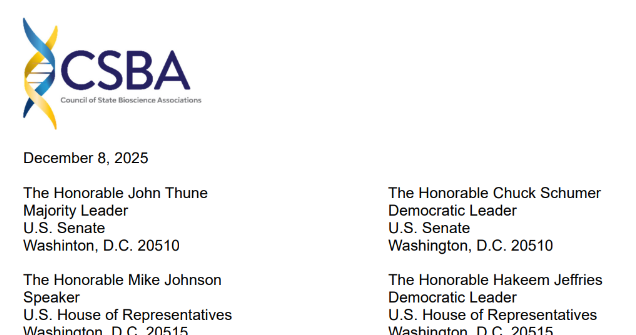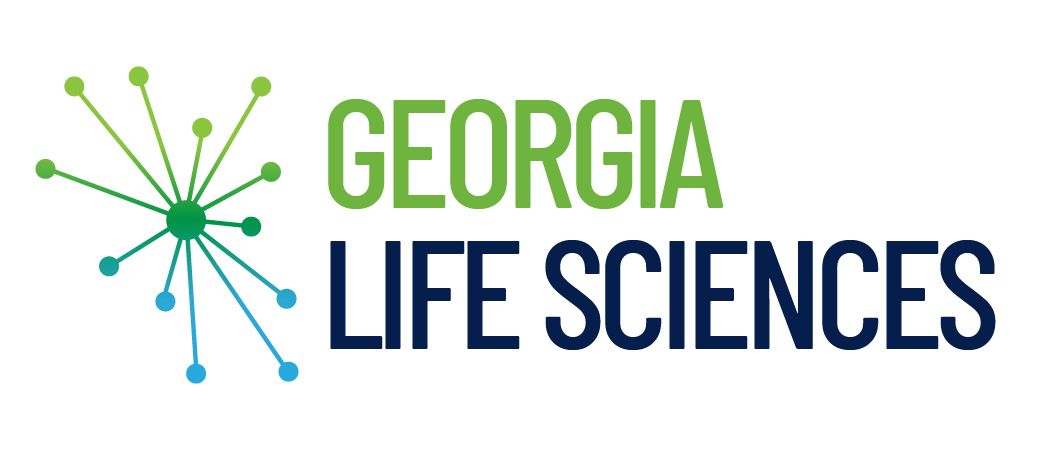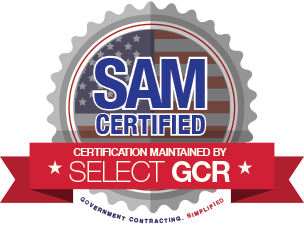What do people live for? A few takeaways from the 2019 Georgia Bio Innovation Summit
Georgia’s life sciences community contributes more than $20 billion to the state’s GDP according to a recent report from RTI for Georgia Bio, the state’s life sciences partnership. Employment in the sector grew by nearly 15% from 2007 to 2017, almost double the national average.
The 2019 edition of the Georgia Bio Innovation Summit convened hundreds of life science executives, scientists, researchers and public policy officials earlier this month. With four industry tracks the program had something for everyone no matter their particular place in Georgia’s science ecosystem.
Remembering the collective “why”
Marc Boutin, CEO of the National Health Council, inspired everyone in attendance during his lunch keynote address. “Your innovations help people live their dreams,” he said. “Those dreams are not always about survival.”
“What do people live for?” What a powerful question. Marc shared the following video ad from TC Bank.
Will healthcare ever realize “value?”
During the fireside chat portion of the lunch session, Sheila Burke, strategic advisor and chair for the government relations and public policy group of Baker Donelson underscored one of the greatest challenges in shifts from fee-for-service to value-based care. Quality and value are highly nuanced and highly personal. Yet patient input where value is currently assigned is limited.
If we define value as outcomes divided by cost, the shift from fee-for-service to value-based care may be impossible or mostly ineffective until this country assigns some dollar amount to quality adjusted life years, particularly when patient interests may not always be about longevity. Much like surgery for men with prostate cancer over 70, therapies and procedures that cost seven figures or more are simply not a value-based proposition for an 80 year old when allocating scarce resources. However, they may well present value for those of a much younger age.
As always, the opportunity to connect with colleagues and expand professional networks was of high value. There were well over 500 registrants and the ballroom was near standing room only for the lunch program. Here are a few other session insights.
The latest boobytrap waiting to maim medtech and life science innovators
Design history file remediation remains a sizeable stumbling block for innovators seeking investment to advance their products is. It can – and does – kill deals. But GCMI CEO Tiffany Wilson brought an emerging issue of equal risk to light. It’s the supply chain. Will the materials for your custom circuitry still be readily available (and at a cost that does not ruin your price structure) in five years?
Who will get your products to markets around the globe? How sensitive are they to time, temperature and other rigors of transport? Georgia’s logistics capabilities make Atlanta an excellent home for medical product companies and innovators. Beyond carriers like UPS, are there better ways to get them there? Dr. Marc Prausnitz at Georgia Tech is developing microneedle technology that presents a better way to get critical medications and vaccines to patients around the globe.
Advice for medical product startups and innovators from the investors
Founders, your team will be talking to the money (VCs, investors, potential acquirers, etc.) and many times you won’t be in the room. This underscores the importance of culture and team building, which is typically not a great strength among founders of medtech and life science companies. Entrepreneurs seeking seed stage funding, up to $2 million or thereabout, your people are your greatest asset, not your technology or IP according to Kim Seals, general partner with The JumpFund.
Protip: if you say your innovation has no competition, you don’t know your market. And if you tell an investor theirs is the ‘last money in,’ you do not have a realistic view of the actual time and cost requirements of commercializing medical products. Thanks to Tom Callaway, venture partner with HealthQuest Capital for driving those points home.
We thank Georgia Bio, the board, staff and program steering committee for arranging and hosting an outstanding event. We are already looking forward to 2020 while putting what we learned to use and advancing conversations with colleagues new and old we saw this year.
The post What do people live for? A few takeaways from the 2019 Georgia Bio Innovation Summit appeared first on Georgia Bio.





